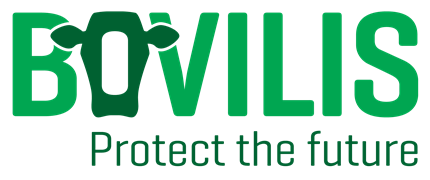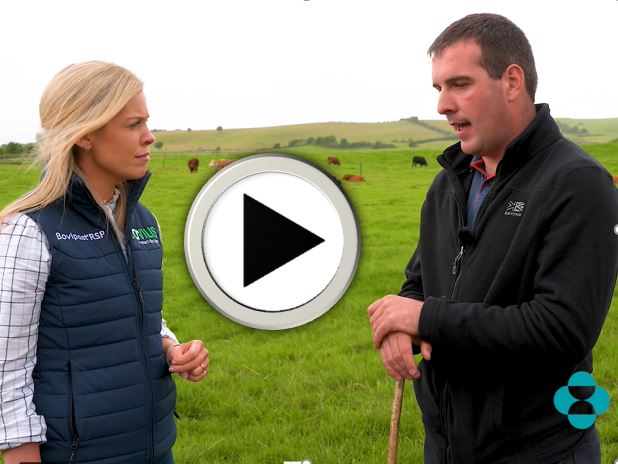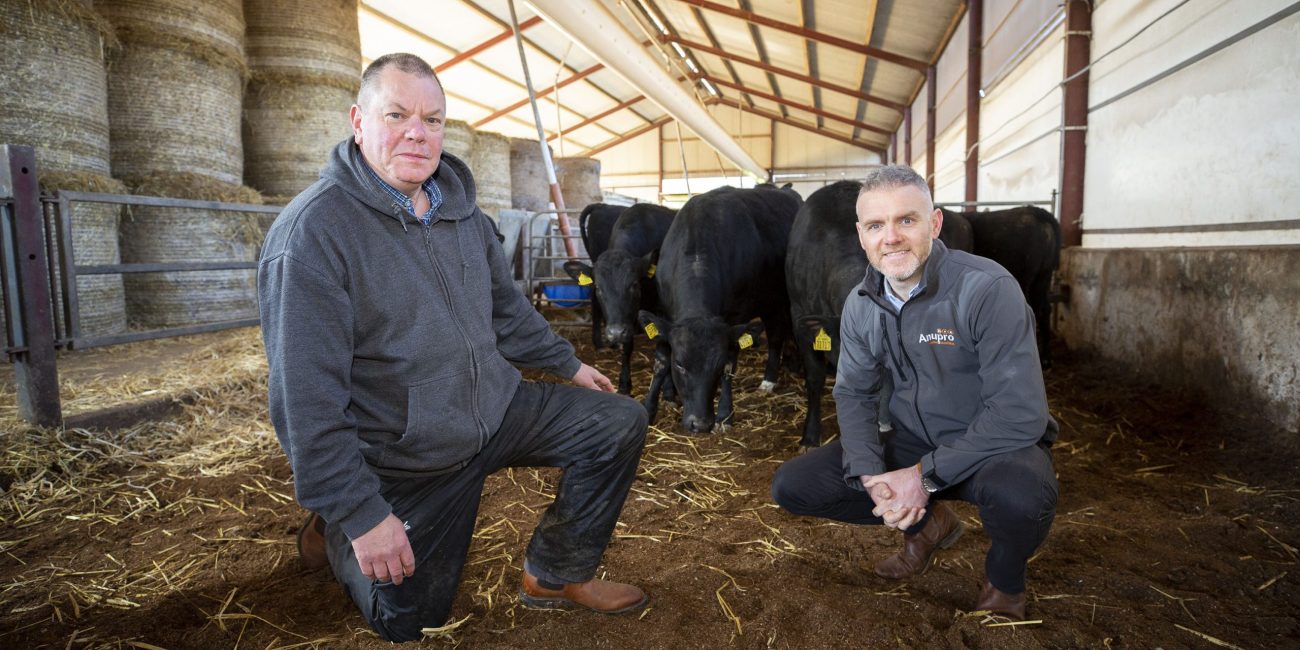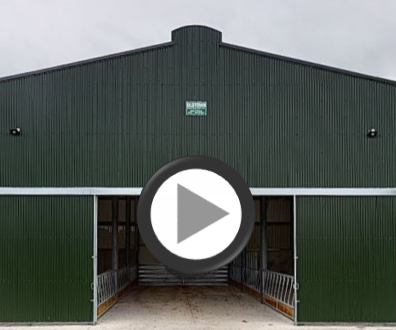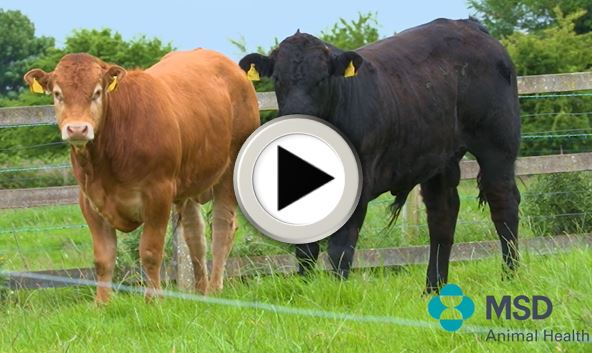
WATCH: Pre-weaning tips, vaccination protocols and BEEP-S overview
Watch: See the videos highlighting some pre-weaning tips, suitable vaccination protocols and an overview on the BEEP-S scheme.
Read more about WATCH: Pre-weaning tips, vaccination protocols and BEEP-S overview
